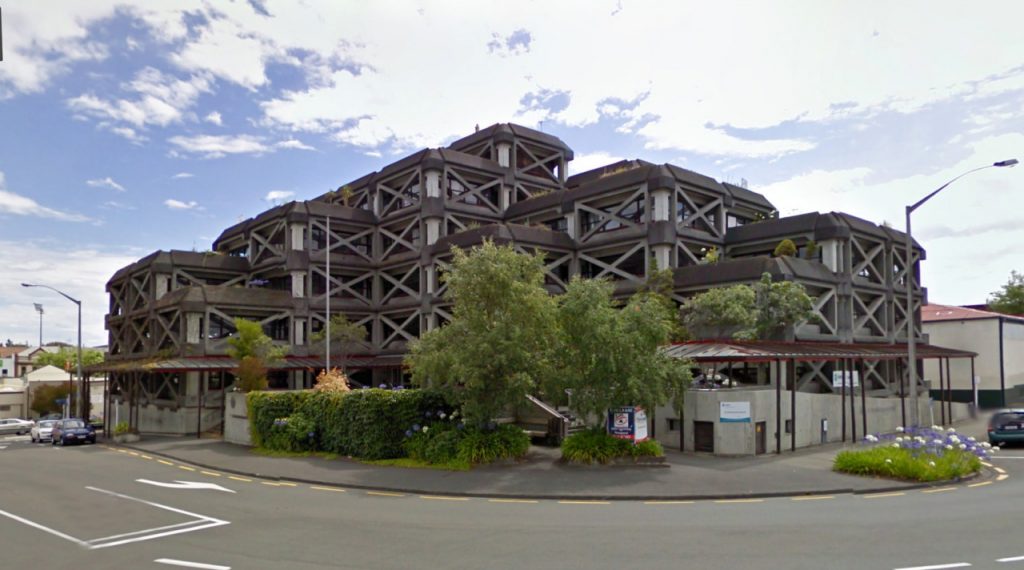With New Zealand cities about to enter a period of rapid housing intensification, an international architect and urban planning specialist is calling for the reinstatement of a century-old government agency

The position of Government Architect, which headed the Ministry of Works and Development’s architectural division, was first created in 1909 before being disestablished 20 years ago when the ministry was closed.
The United Kingdom has recently appointed a national head of architecture to raise the design standards of new housing schemes and six Australian states have their own Government Architect to provide strategic advice to the government about architecture and urban design.
Sloan Architects founder Patrick Sloan says historically the Government Architect’s role was to advise government on all aspects of architecture, building and the built environment, including policies for the design of and expenditure on government-funded and operated facilities.
From August, the Resource Management (Enabling Housing Supply and Other Matters) bill will require councils to allow townhouses of up to three storeys with up to three dwellings on almost all residential sites in Auckland, Wellington, Christchurch, Tauranga, and Hamilton – without the need for resource consent.
Modelling shows the new medium density rules could see over 100,000 new dwellings built in the next eight years.
While New Zealand has been through periods of rapid intensification previously, the prospect of adding thousands of three level residential dwellings in our major centres is not without risk, Sloan says.
The re-establishment of the Government Architect role would help inform government decision makers on the potential wide-spread design impact of regulatory changes which affect housing and urban planning – such as the new Resource Management bill.
“Within the coming weeks we will see the start of an urban ‘gold rush’, with property developers able to take advantage of new housing density rules,” Sloan says.
“The ability to intensify vertically in suburban areas could see sites that may have been previously uneconomic to develop become viable to a developer.
“At the same time record costs for building materials, and rising interest rates will incentivise developers to build at speed and to maximise profit.
“The risk is that we will see substandard developments proceed that make little or no contribution to the neighbourhoods and communities that we all live in.
“While major urban projects already have a non-statutory body providing design oversight, there needs to be a realisation that the combination of thousands of small to midsize developments are as significant a planning concern as larger, individual projects.
“There are so many areas ripe for positive change – policy advisory, national design initiatives, deeper engagement on climate change and a wider elevation of design awareness. What we need is visionary thinking and design leadership that looks decades into the future – this would come from the Government Architect.”
Architectural merit isn’t limited to how a building appears or performs – it’s also about having a positive impact on the character of our streets and the public realm, and the safeguarding of a shared urban identity, Sloan says.
“One of the foundations of urban identity is a connection to our past. Larger, higher density cities often have more heritage buildings distributed over greater areas – they provide deeper roots and broader connectivity to a city’s past and consequently have a more central role in urban growth.
“People connect with architectural heritage – it’s somehow reassuring. The only real design history we have in our largest urban centre, Auckland, is Victorian era houses that have been around for 110 years or so.
“Many of these are disappearing and will be replaced with less than ordinary houses and apartment buildings, as the new Resource Management bill comes into play.
“The loss of our heritage buildings correlates to the loss of an urban identity. As a society people don’t connect with characterless buildings in the same way they do with those of historical value.
“This is not to propose a replication of Victorian-era design but more to suggest that a cohesive strategy evolves to ensure the intensification of our cities realises the opportunity we have to re-make the way we experience the urban environment,” he says.
Sloan cites an example in his Mount Eden neighbourhood where a 100-year-old villa on a prominent corner site was demolished and replaced by four terrace houses.
“The new development is built right up to the boundary lines and has no redeeming design features or architectural character at all. It’s a travesty that developments like this can proceed unchecked – it’ll be there for decades and it’s a sign of what’s to come.
“Aside from the negative impact on an aesthetic level, the impact on neighbouring sites of this type of intensive development presents significant risks around loss of privacy and access to daylight.
“In simple terms that means a three-level townhouse on your western boundary will cast a late afternoon shadow three times further into your property than you would get from a single level house.
“The knock-on of this is the less sunlight you have heating your home means higher heating bills in the winter,” he says.
Density and intensification don’t have to result in poor design outcomes. A similar amount of time is spent on high quality design as is spent on poor design.
There are some fantastic examples around the world of how high-density, high-quality design outcomes can be achieved while also meeting the financial objectives of the development process, Sloan says.
“There is a lot of developer-driven work here in New Zealand that looks for the fastest way to the finish line and the pursuit of profit – design outcomes are too often generated on a spreadsheet as opposed to resulting from a thoughtful and engaged design process.
“There are some truly innovative ways of developing residential communities now emerging in Australia for example, that are no longer purely about the realisation of profit – models where people and communities come first. Promoting a kind of fearless disruption of the ‘business as usual’ approach to urban development , alongside a reinvention of the way we grow our cities, could also fall within the remit of the Government Architect.”
“You use the same volume of building materials, a similar land area and you house a similar number of people. It’s all about a more thoughtful and sophisticated design process, more checks and balances for developers and an acknowledgement of the obligations we all have to do things well.
“The last thing we want in our rush to resolve the housing crisis is to create a legacy of design issues for future generations,” he says.












